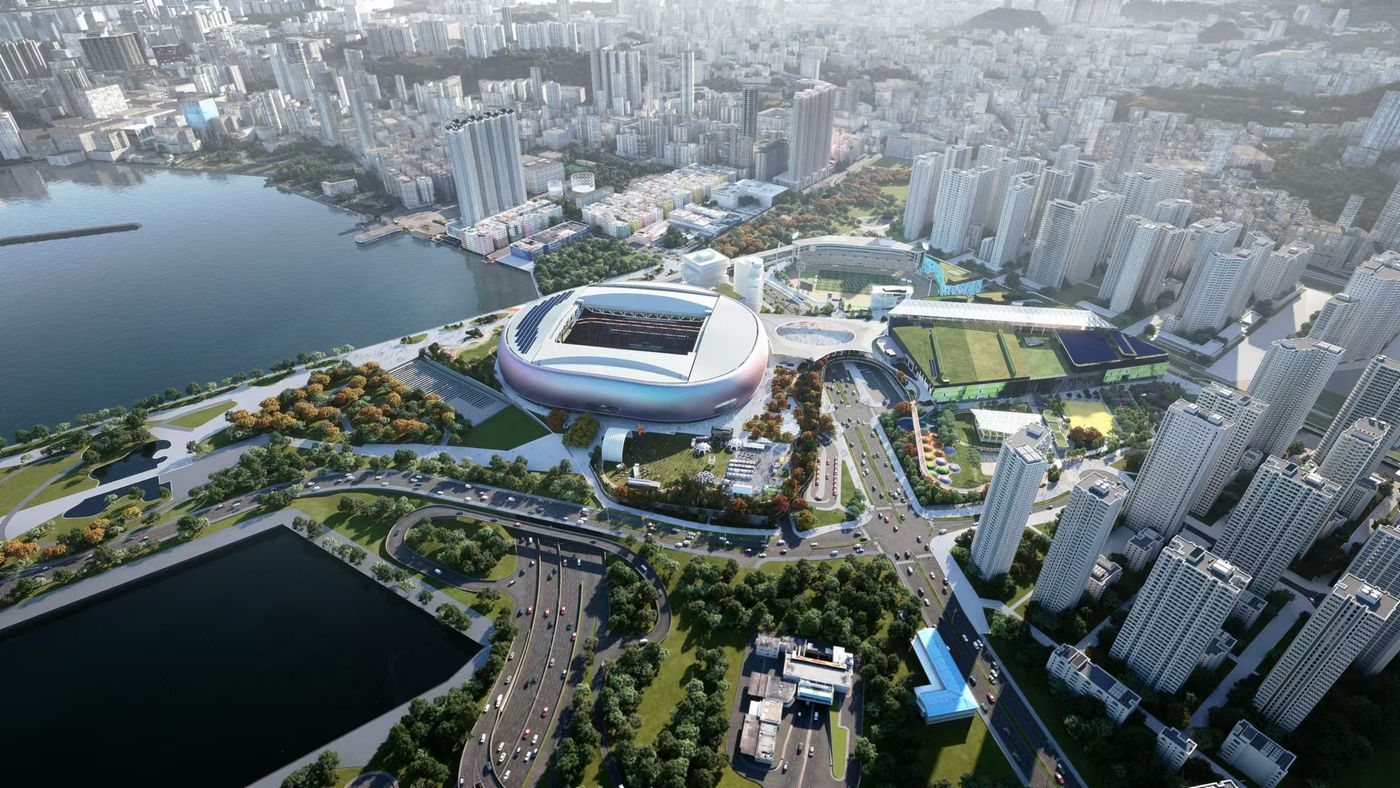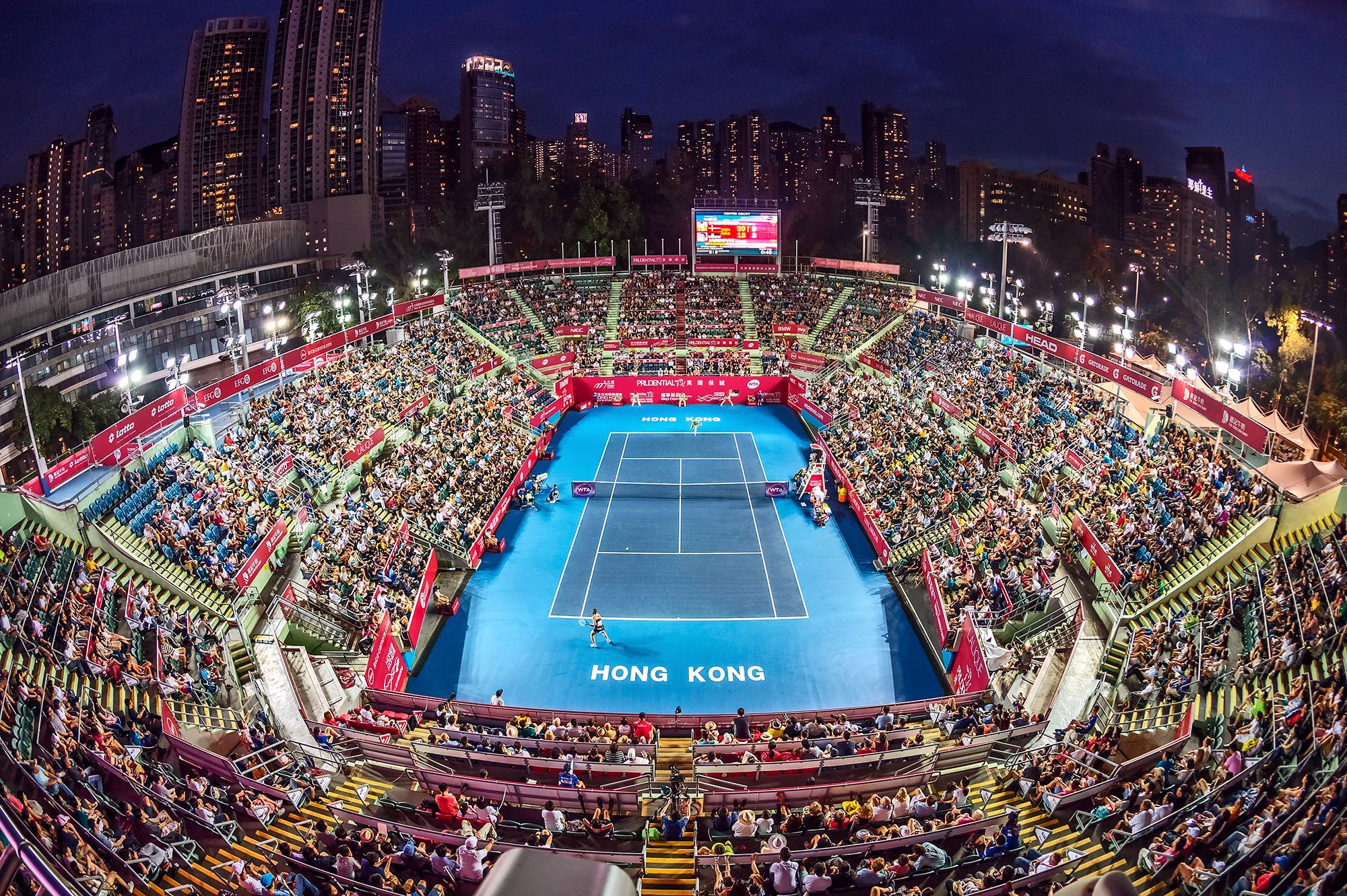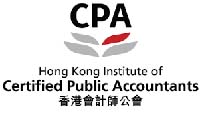As Hong Kong’s Kai Tak Sports Park nears its formal opening after a quarter of a century and HK$30 billion / US$3.9 billion later, we can ask: was it worth it?
Spoiler alert: the answer is yes but it now needs to be filled – as I write in the South China and touch on when interviewed by HK Business and (briefly) Channel News Asia – and we will never know the full cost to the taxpayer.
In 2018, a private sector consortium, Kai Tak Sports Park Ltd, headed by New World Development / now Chow Tai Fook finally won a 25 – year Design, Construction and Operation contract with the govt providing construction finance in return for HK$1.6 billion / US$203 million of payments over the life of the concession plus 3% of gross revenues.
The process of assessing financial viability of a Public Private Partnership such as KTSP involves projecting:
- Benefits and costs accruing to the project proponent, KTSP Ltd;
- Ancillary benefits accruing to others such as neighbouring F & B outlets and hotels;
- Intangible benefits such as a healthier or at least a happier populace;
- Some sort of value attributable to prestige as Asia’s World City.
It is valid to include all these factors even if attributing a value to them gets ever more subjective and Logie Group has never seen a pessimistic Base Case set of projections for a project. To which, add:
- how should those benefits and costs, and in particular the revenue risk, be split between the public and private partners (which is often confidential)?
Once built, actual outcomes will depart from all these assumptions, of course, but two factors stand out:
- Was the upfront cost of construction reasonable? More on which at another time (in the meantime, a thought out of left field (ha!ha!) is that HK$30 billion is roughly the pay of all HK’s nurses for a year).
- How intensively are the facilities being used? How many different types of event can be accommodated? Crucially, how frequently can they be held? To the extent that these are novel, how will they be marketed? How much support in terms of underwriting of costs and prize money can the govt contribute, in HK principally through its Major Sports Events Committee, and is this justified?
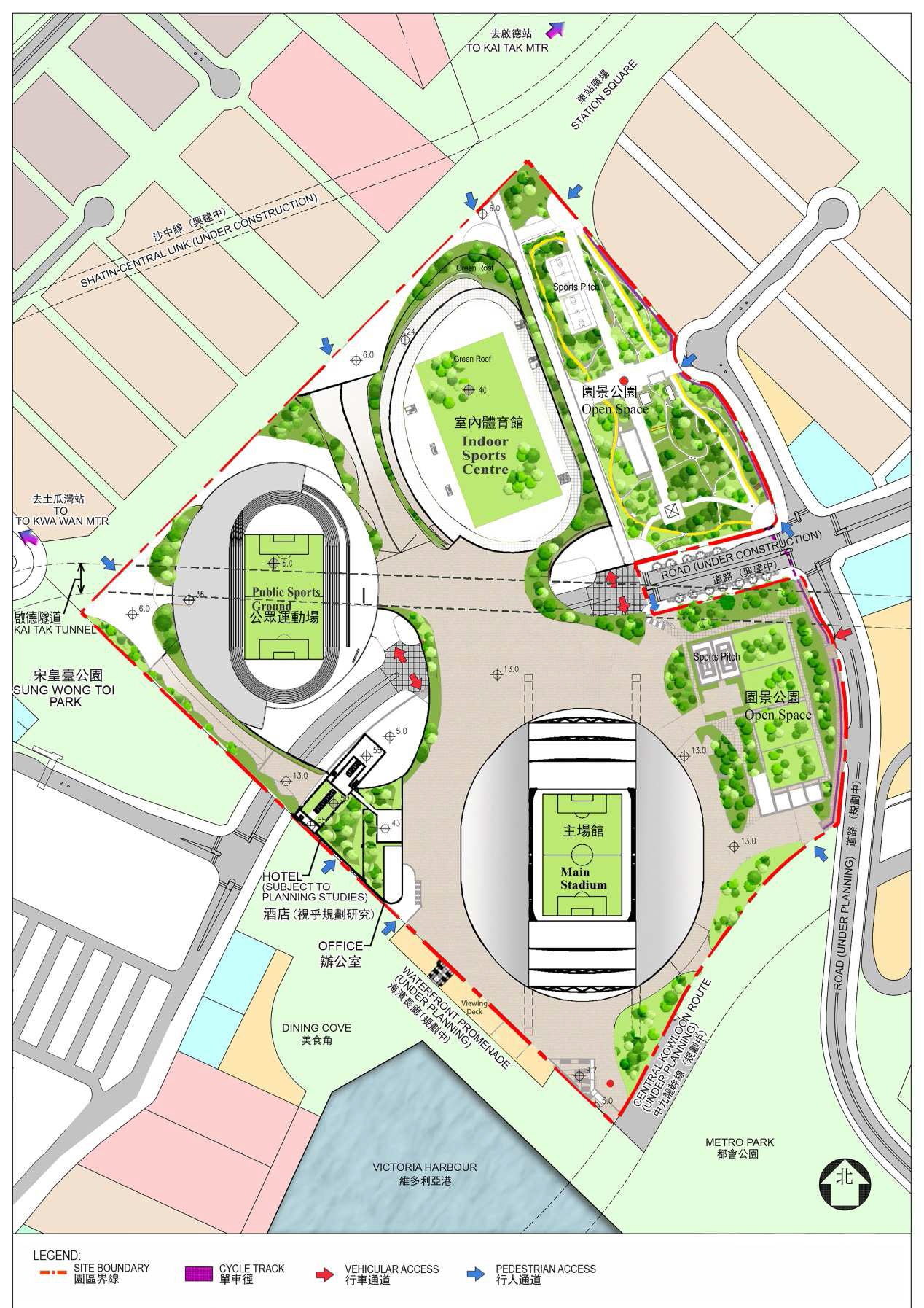
- Football: clubs in the English Premier League average 19 home games per season and recent projects have been financed off the back of this by pre – selling corporate boxes. The London stadium and Atlanta’s Centennial Olympic stadium have both prospered by having an anchor tenant, Sydney and Beijing have not. Conceptually, just as HK is part of China, so surely a HK team should play in the Chinese Super league. (Yes, it’s complicated.)
- More concerts: yes please!
- Cricket: the MSEC threw its support behind the HK Sixes in November only two days before they took place, perhaps because the Tin Kwong Road ground is simply too small. If Eden Park in Auckland, primarily a rugby ground, can host international cricket and 53,000 can watch indoors at Melbourne’s Docklands stadium, then surely Kai Tak can host cricket too.
- Athletics was ruled out in the design stage but may move to a down -sized Soo Kon Po stadium.
- And more.
The second facility is the 10,000 seater Indoor Sports Centre / Arena which will host six days of World Grand Prix snooker in March although the capacity will be only 4,000, down from 9,000 when the HK Masters was held at the Coliseum in 2022. (Last year, defending champion Ronnie O’Sullivan relocated to HK.) It is also likely to host fencing and men’s handball during the National Games. Again, what else can be added?
- Basketball: not at the top level. It emerged this week that, amongst other difficulties, the Arena’s ceiling is too low and the NBA will only deign to visit from the US for a crowd of 17,000. Instead, the NBA last month signed a five year deal with the Venetian in Macau, no doubt with some financial undertakings as the capacity there is 15,000. Basketball may see little point in moving from the Coliseum in Hung Hom.
- Tennis: not at the top level either. The Arena ceiling is again too low and practice courts would need to be those back at Victoria Park. If it was never intended that Kai Tak host tennis, then neither have those courts in Victoria Park – centre court capacity all of 3,600; outdoors i.e. sometimes cold and / or wet; so, fit for only third tier 250 events – been upgraded since they were built in 1982.
- Badminton, more fencing and table tennis: HK punches above its weight (another ha!ha!) so yes please. Volleyball etc. too although numbers will likely be much smaller.
- Onto some off – the – wall ideas … can the Arena handle ice shows in a way that other venues cannot?
The list must go on.
The consortium is required to deliver 40 days of sports events per year in years 1 – 5, rising to 54 in years 6 – 10, in the Stadium; 76 days of sports events per year in years 1 – 5 , rising to 88 in years 6 – 10 in the Arena; and 600,000 attendees at sports events across all facilities per year in years 1 – 5, rising to 700,000 in years 6 – 10. On the one hand, concerts etc. don’t count so these KPIs could be challenging. On the other hand, there is no word on what standard the sports events need to be or, except in the aggregate, how many people need to attend.
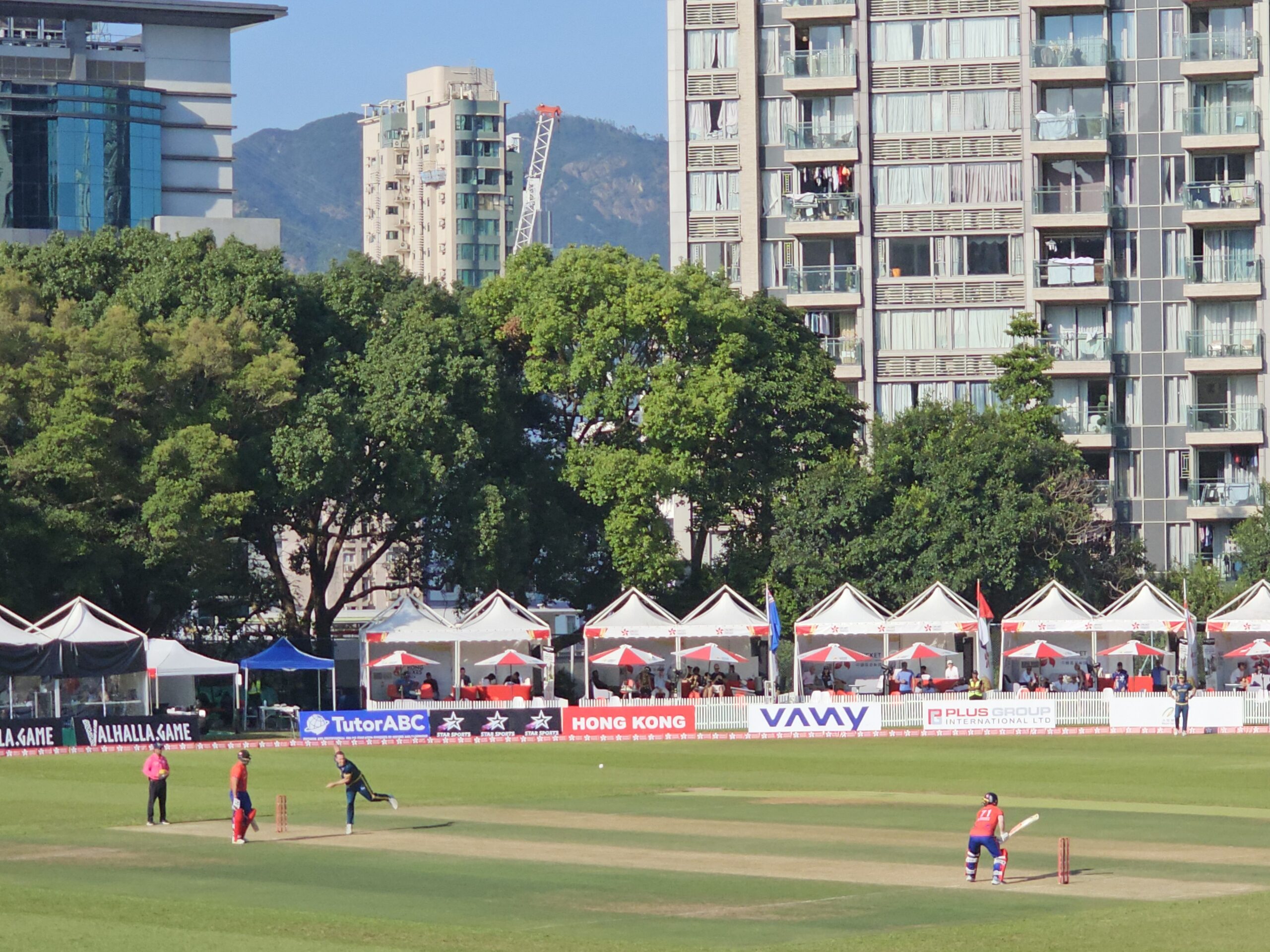
Singapore’s Sports Hub was built on a similar basis with considerable incentives to generate revenues ahead of an agreed Base Case and opened in 2014. Hugely contractually complex, its results, too, are not public but last year it was taken back into public hands. Their Open tennis tournament, also ranked as a 250 event by the WTA, returns later this month after a six – year break.
As Chris Martin’s Scientist will no doubt tell us in April, no one said it was easy. But, as the royal we wrote six years ago, in the end the real we probably won’t mind whether it is the private sector consortium KTSPLtd or the govt which pays.
Logie Group advises govts and the private sector on infrastructure finance across Asia and, in between regular visits to KTSP, stands ready to do more.
